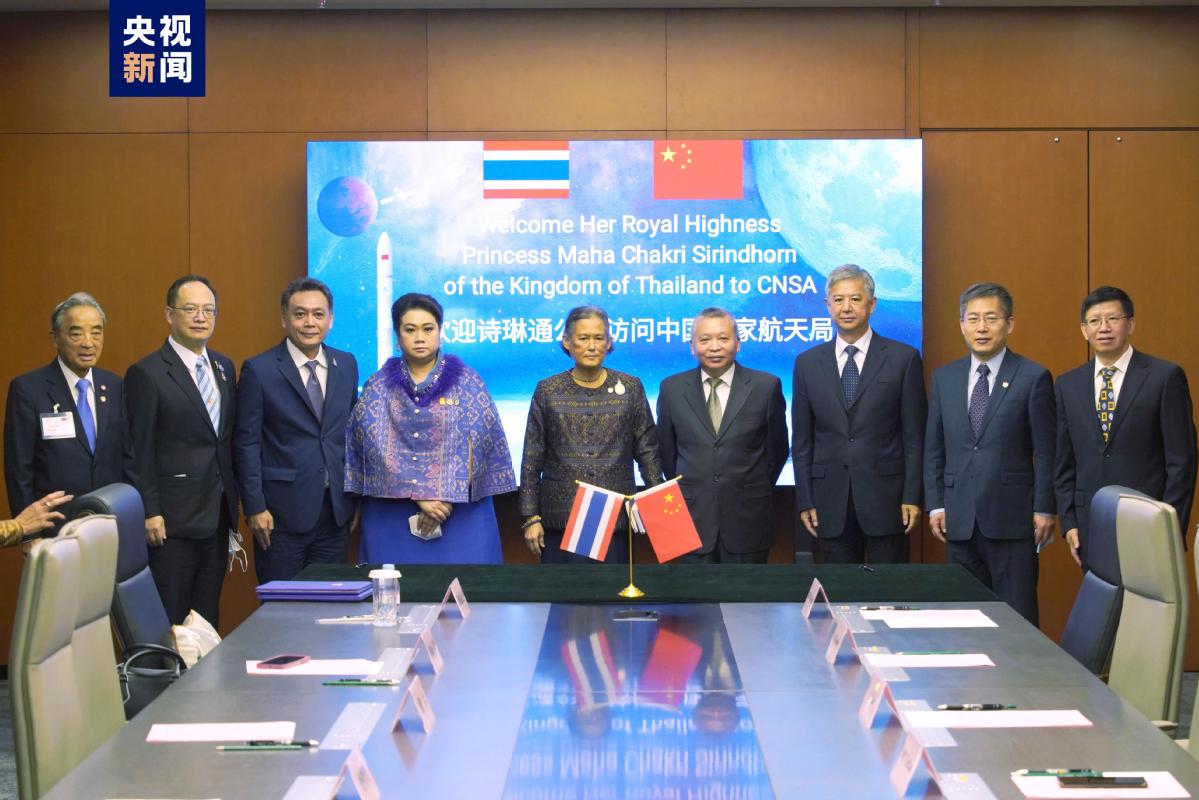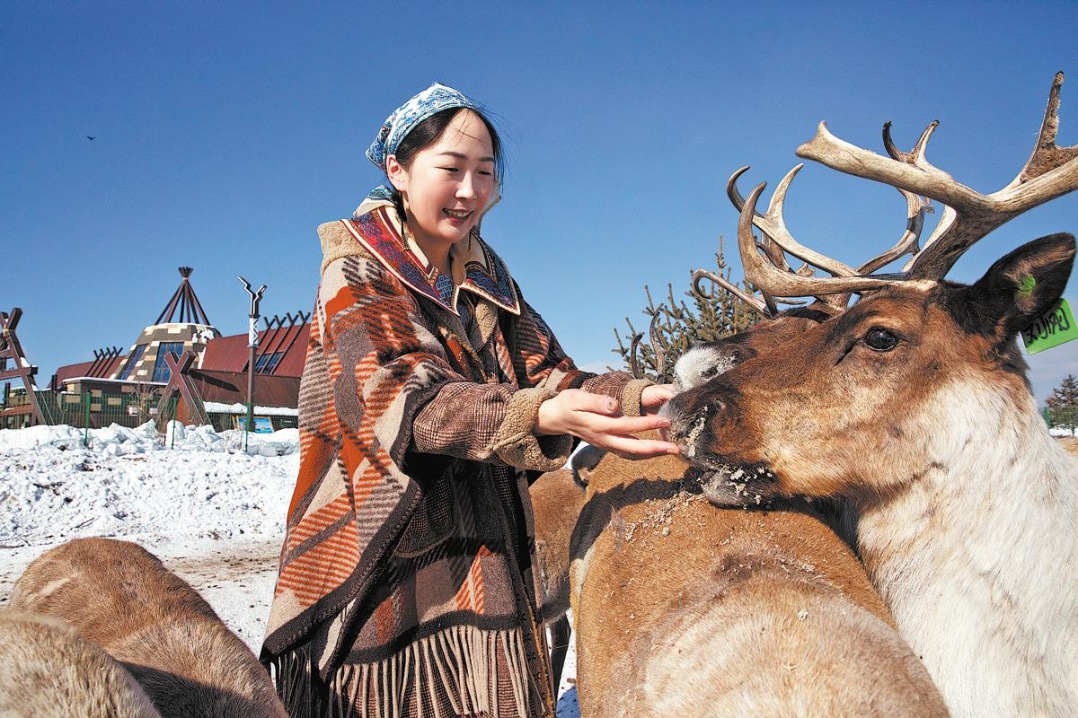Thailand joins International Lunar Research Station program
By ZHAO LEI | chinadaily.com.cn | Updated: 2024-04-05 21:08

Thailand has joined the International Lunar Research Station program, an ambitious venture initiated by China, according to the China National Space Administration.
The administration said in a statement on Friday that it signed memorandums of understanding on cooperation in the exploration and peaceful use of outer space and in the International Lunar Research Station program with the Kingdom of Thailand's Ministry of Higher Education, Science, Research and Innovation.
A signing ceremony was held at the CNSA's headquarters in Beijing on Friday morning, with the attendance of Zhang Kejian, the Chinese administration's head; Thai Princess Maha Chakri Sirindhorn and Supamas Isaraphakdi, the Thai minister of higher education, science, research and innovation, according to the statement.
It said both sides will work together to study scientific, engineering and international collaboration issues pertaining to the lunar station.
According to Chinese space program planners, the initial version of the International Lunar Research Station will comprise components of China's Chang'e 7 and Chang'e 8 robotic missions — orbiters, landers, rovers and a flyby craft, as well as a relay satellite.
Both the Chang'e 7 and Chang'e 8 probes are designed to land on the moon's south pole. Chang'e 7 is scheduled to set out around 2026, while Chang'e 8 will join it around 2028.
In the long run, other spacecraft will be deployed on the south pole, to bring more infrastructure to the science outpost. The station will use robots most of the time, but will also be capable of accommodating astronauts for short stays.
The lunar station will act as an international platform for moon-based scientific experiments and mineral research, mission planners said.
Last year, as part of China's endeavor to boost international lunar research cooperation, Chinese scientists working for the CNSA selected a scientific instrument developed by their Thai peers to study space weather and cosmic rays to ride with the Chang'e 7 lunar mission.
























